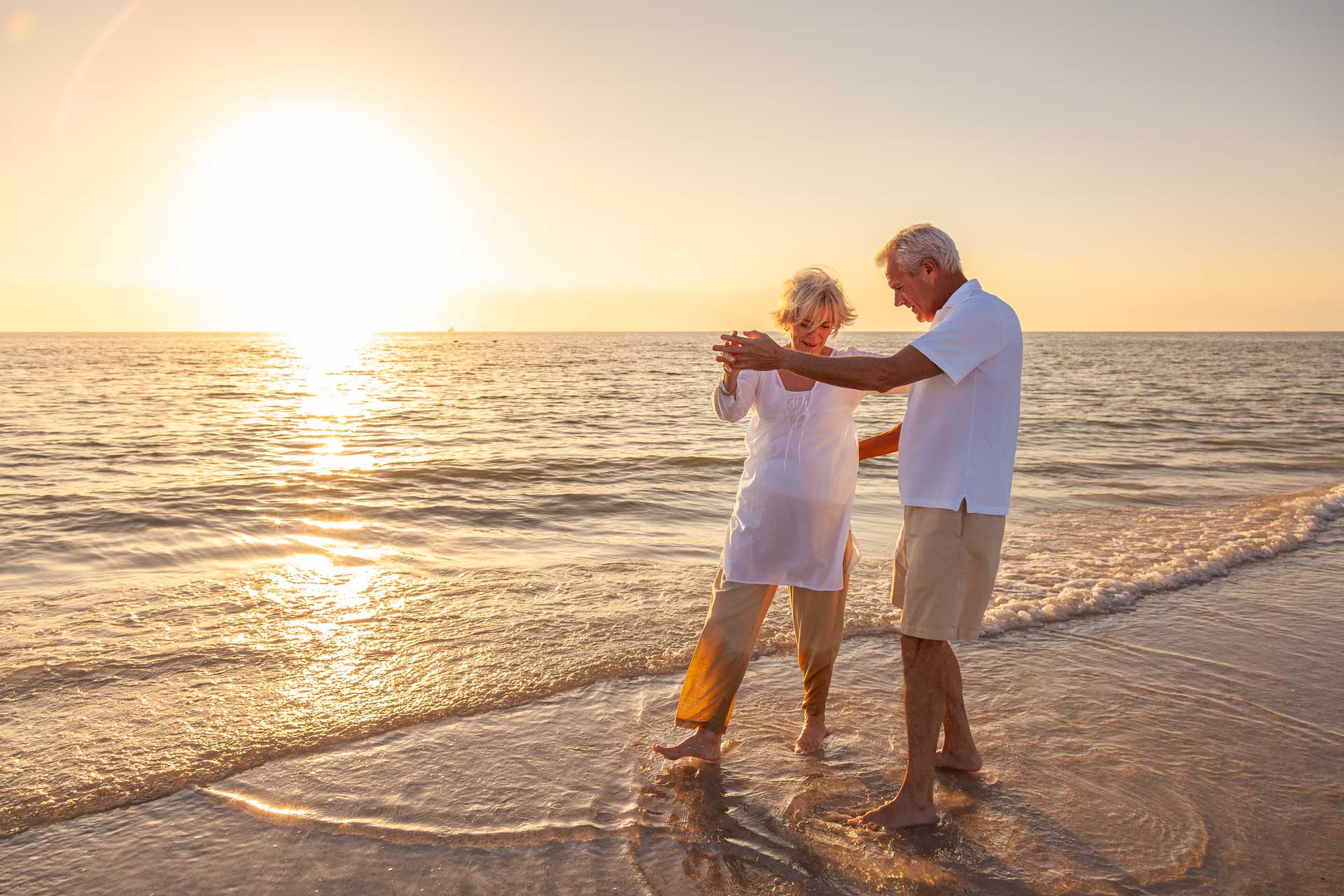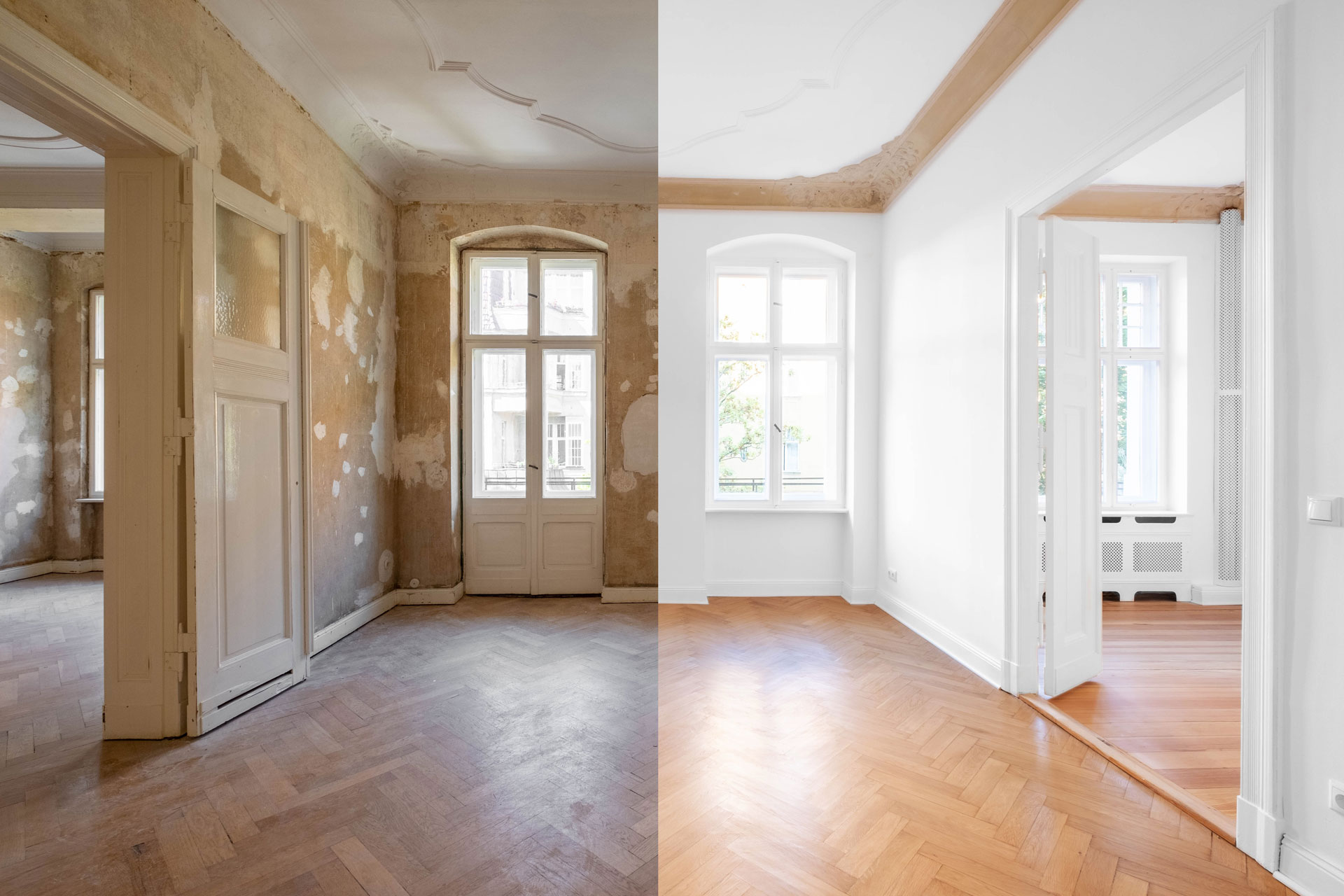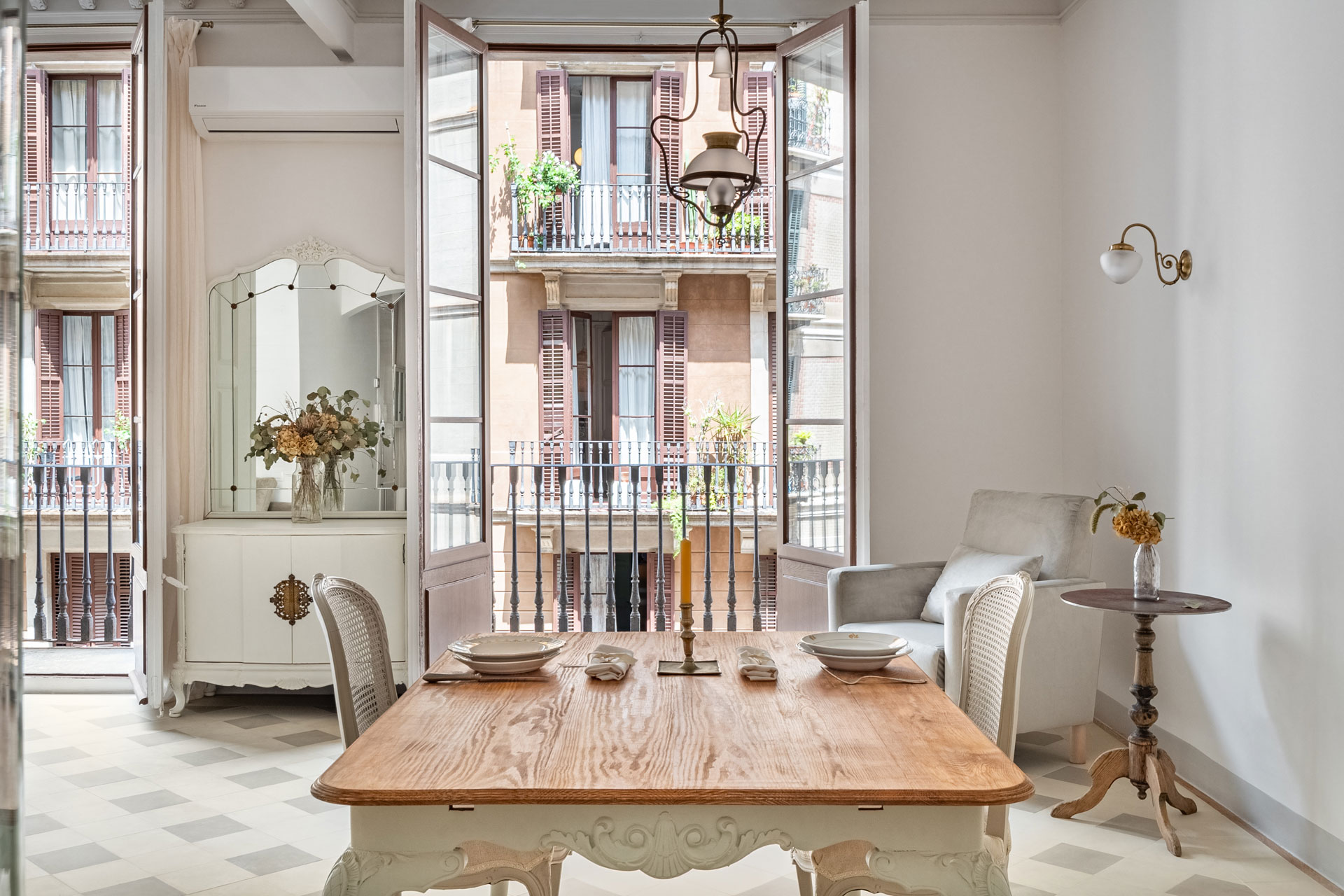Thinking about retiring in Spain from the US is exciting, but it can also feel overwhelming. It’s not just about choosing where to live—it’s about navigating a visa process in your home country, securing housing in a new country, and making sure all the administrative pieces fall into place once you arrive.
Retiree’s immigration from the US usually starts with the Non-Lucrative Visa (NLV). It’s the legal key that allows you to move, but it comes with paperwork, consulate appointments, and waiting periods. Once that is underway, most retirees turn their attention to housing—whether renting or buying. And once you land in Spain, the focus shifts again to local registrations, residency cards, and health care.
At Livin’Valencia, we guide people step by step through this entire journey. Our aim is simple: to make your move structured, clear, and stress-free—so you never feel left alone at any stage.
Step One: The Visa Process in the US
For retirees from the US, the NLV is usually the starting point. You apply at the Spanish consulate assigned to your home state, and while requirements vary slightly, most consulates ask for:
- Proof of stable income or sufficient savings.
- A clean criminal background check.
- A medical clearance.
- Comprehensive private health insurance valid in Spain.
It’s a demanding process. Retirees often describe it as a stack of paperwork, carefully prepared folders, and a single appointment that decides whether their application moves forward.
This stage is about patience and preparation. And while you’re handling it in the US, we are here preparing the next stage for you—housing and settlement—so that the timing works once your visa is approved.
Step Two: Housing—Renting or Buying
Most retirees only begin actively looking at properties once their visa process is well advanced. That’s sensible: the NLV approval is the green light, and until then, it can feel premature to commit.
Still, housing is central. Where you live doesn’t just shape your lifestyle—it also plays a role in your residency renewal. So how does it work in practice?
Renting a property:
- Renting is often the simplest first step.
- We can handle the full process remotely: searching, visiting properties, providing video tours, negotiating terms, and securing the rental contract.
- Our legal partners review every contract to protect you from unfair clauses.
- By the time you arrive, your home is ready—and your rental contract doubles as proof of residence for the NLV renewal.
- No pre-arrival trips are required.
Buying a property:
- Buying requires two in-person visits.
- The first trip covers opening a Spanish bank account, obtaining a buyer’s NIE (foreigner identification number), and ideally seeing properties.
- The second trip is to sign the public deeds at the notary.
- Everything in between—due diligence, contract reviews, legal checks, negotiations—can be managed remotely while you remain in the US.
- This avoids the stress of trying to squeeze all the bureaucracy into a 90-day tourist stay.
Whether you rent or buy, our role is to ensure you’re not navigating the housing market blindly. We check the paperwork, coordinate with agencies or owners, and represent your interests so that you don’t face surprises later.
Step Three: Arrival in Spain—Turning a Visa into Residency
When your visa is approved and you finally arrive, your 90-day entry period is not for tourism. It’s the window in which you must complete the mandatory steps to turn your visa into full residency.
Here’s what has to be done, and where we step in:
- Padrón registration: This is your local town hall registration. It confirms where you live and is a requirement for almost everything else.
- TIE (Tarjeta de Identidad de Extranjero): Your residency card, complete with photo and fingerprinting. We help you prepare forms, book appointments, and accompany you if needed.
- Bank account: If not already opened, it needs to be done now, since most payments in Spain—rent, utilities, taxes—require a Spanish account.
- National healthcare: For the first year, you rely on private health insurance. After your first renewal, you may access Spain’s public healthcare system. We help you understand how and when to register.
These steps have to be done within the first 90 days after entry. Done alone, they can feel like a race against the clock. Done with guidance, they are simply milestones in a structured process.
Step Four: Renewal and Stability
The NLV is initially granted for one year. After that, you must renew. Renewal requires:
- Proof you are still living in Spain (rental contract or property ownership).
- Proof of continued financial means.
- Proof of healthcare coverage.
By this point, most retirees feel more settled—but the paperwork is still demanding. Missing a deadline or providing incomplete documents can complicate your residency. That’s why we continue to support you through renewals, ensuring each requirement is clear and completed on time.
Why Valencia and the Costa Blanca?
Retirees from the US often choose this region because it combines practicality with quality of life. Valencia offers a balance of culture, healthcare, and infrastructure in a walkable city. The Costa Blanca offers smaller towns and established expat communities, with strong international connections.
Costs are lower than in most US cities, healthcare is reliable, and daily life is manageable without a car in many areas. It’s not about postcard clichés—it’s about a place where retirees can live comfortably and independently, with less financial pressure and good services nearby.
A Guided Journey, Step by Step
Retiree’s immigration from the US is not a single hurdle; it’s a sequence of steps:
- Visa application in your home state.
- Housing—choosing between renting remotely or buying with planned visits.
- Arrival administration—padrón, TIE, bank, healthcare.
- Renewal after the first year.
At each stage, the process is manageable when you have guidance. Our work is to make sure you never feel you’re facing it on your own.
Next Step: Start the Conversation
If you’re considering retiring in Spain, the first decision is not whether to rent or buy, but whether to have the right support.
At Livin’Valencia, we specialize in guiding retiree’s immigration from the US with a structured, no-surprises approach. Whether you want to rent remotely, buy with confidence, or simply understand the timeline, we are here to assist you step by step.
Book a free consultation with us today. We’ll listen to your plans, explain the process clearly, and show you how to make your retirement in Valencia or the Costa Blanca not just possible, but smooth and stress-free.
FAQ – Retiree’s Immigration from the US to Spain
1. What is retiree’s immigration from the US to Spain?
It refers to the process of American retirees moving to Spain, usually through the Non-Lucrative Visa (NLV), securing housing, and completing administrative steps to obtain residency.
2. Do US retirees need a visa to retire in Spain?
Yes. Retirees from the US typically apply for the Non-Lucrative Visa (NLV) at the Spanish consulate in their home state before moving.
3. How long does the Non-Lucrative Visa process take for retirees?
The NLV process can take 1–3 months depending on the consulate and the completeness of your documents. Planning ahead is essential.
4. Should US retirees rent or buy when moving to Spain?
Many retirees begin with renting, since it can be arranged remotely. Buying is also possible but requires two short trips for bank, NIE, and signing deeds.
5. Can retirees from the US arrange a rental property before arriving in Spain?
Yes. The full rental process can be managed remotely: property search, video tours, negotiations, and contract review before arrival.
6. What happens once US retirees arrive in Spain with their NLV?
They must register at the town hall (padrón), apply for the residency card (TIE), open a bank account, and ensure healthcare coverage within 90 days.
7. Is private health insurance required for retiree’s immigration from the US?
Yes. Comprehensive private insurance is mandatory for the NLV. After the first renewal, retirees may access Spain’s public healthcare system.
8. How often must US retirees renew their Non-Lucrative Visa?
The first renewal is after one year. Subsequent renewals are typically granted for two years, provided requirements are met.
9. What documents are required for NLV renewal in Spain?
Renewals require proof of financial means, healthcare coverage, and proof of residence such as a rental contract or property deed.
10. How does Livin’Valencia assist with retiree’s immigration from the US?
We guide retirees step by step—arranging rentals or purchases, handling local registrations, managing TIE and padrón, and supporting renewals—so they never feel alone.




